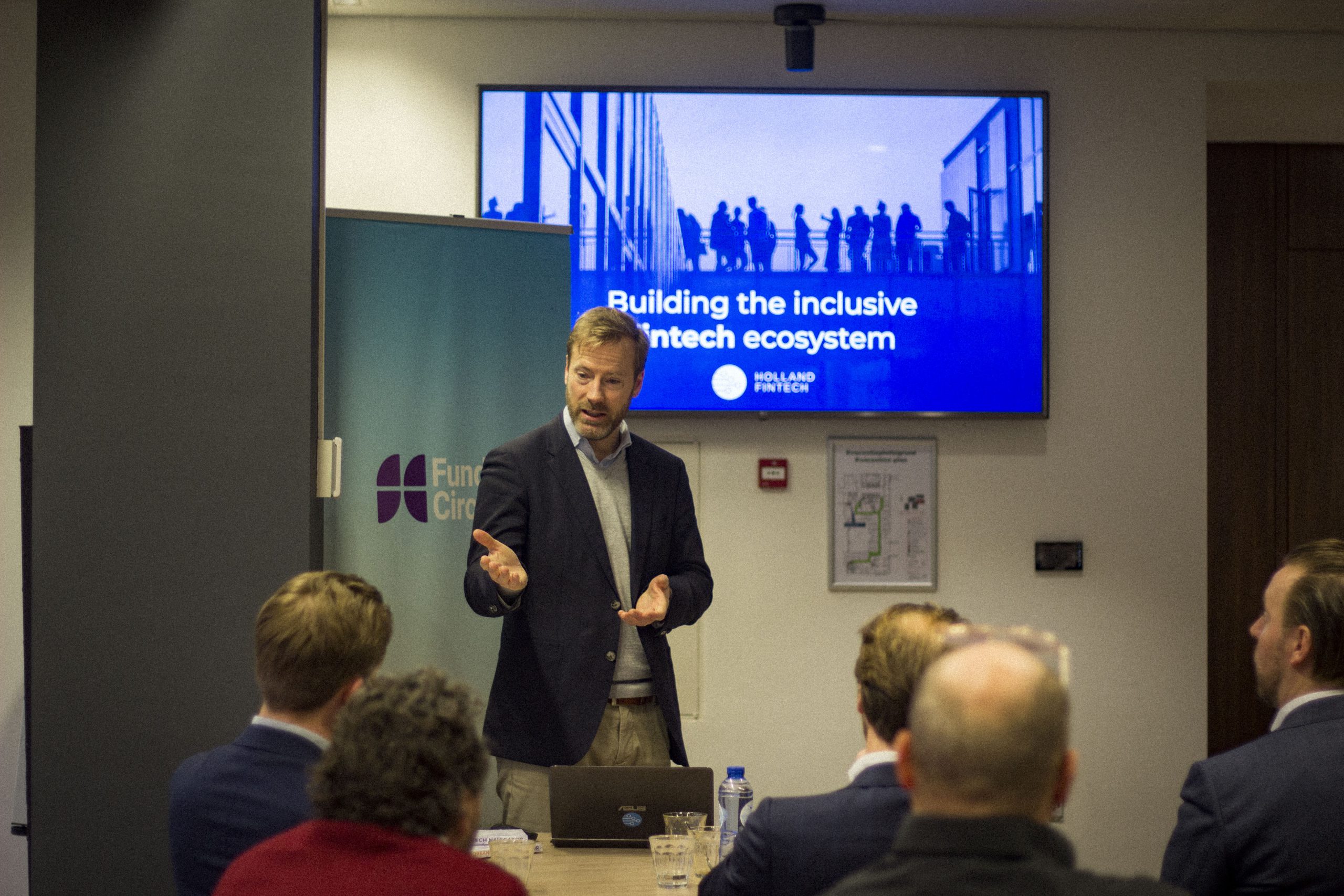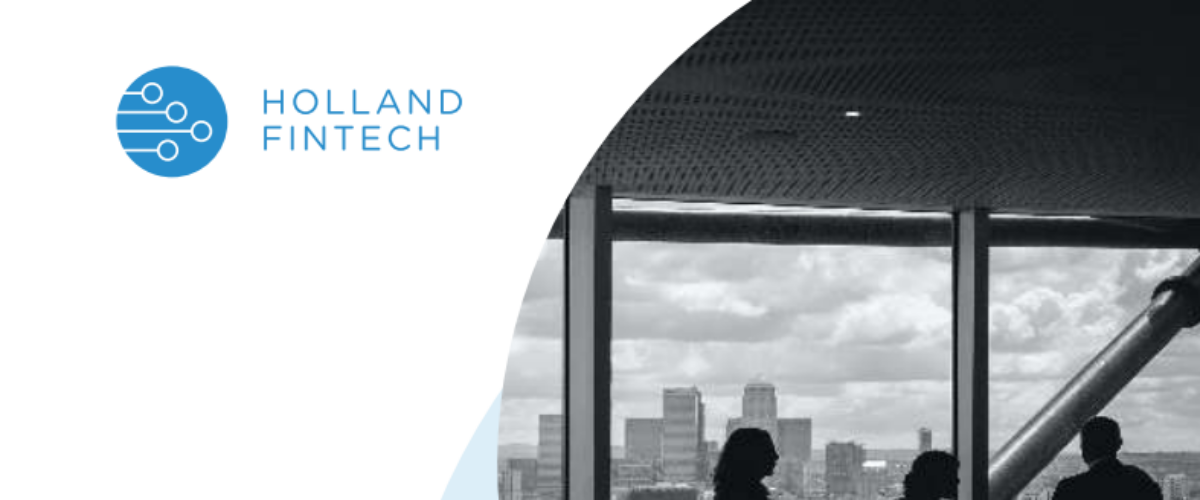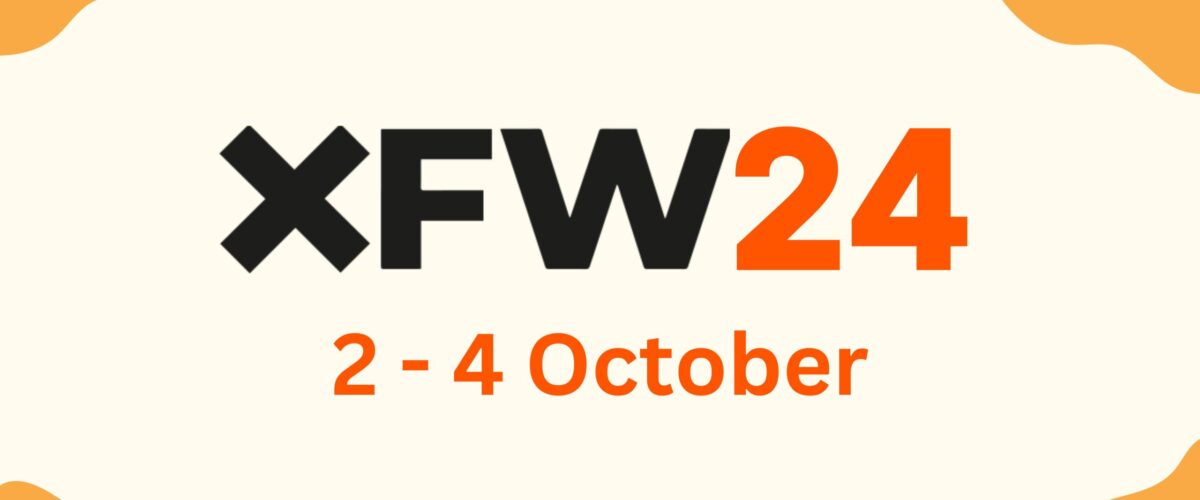Last month Funding Circle together with Holland Fintech hosted the “Mastering the Platform Business Model” Roundtable. As the Platform Model is now business models are evolving to digital business models, the digital infrastructure that supports them are evolving as well. Funding Circle, a leading business lending platform listed on the UK stock market, has made it its priority to excel at this model and shared their ideas and experiences during the session. In addition, Zanders Solutions, a consultancy firm specialized in treasury, risk and finance is moving into a platform business model shared their lessons learned so far.
Key takeaways from this session:
- A platform model is replicable & scalable, making it cost efficient whilst creating economies of scale.
- Platform business models generate their own value in data as the model grows and gets more widely adopted.
- A platform model flourishes in a dynamic ecosystem, where the ever-expanding value chain constantly shifts in balance
- As a platform business grows, so do the responsibilities. When deals get larger, so do the risks. It is key to strengthen the ecosystem around a platform.
- Transforming an existing business model into a platform business requires a shift in culture and therefore takes time & effort

Forrester describes a platform as: “A platform business makes money from services delivered via apps and APIs on a scalable technical foundation that customers and suppliers can integrate into their operations, incorporate into their offerings, and extend through their contributions.” When looking at the top 10 most valuable companies in the world, 7 of them make their money through a platform business model, giving proof to the fact that a platform business model is a mature, credible and profitable business model.
Though many companies consider themselves a platform, not all of them are. From the many descriptions of what a platform is and is not – we distinguish the following three (loosely based on Deloitte’s definition):
- Aggregation platforms – focused on the exchange of resources, goods or services. These platforms are transaction or task focused.
- Social platforms – creating networks of relationships, where like minded or people with similar interests engage.
- Mobilization platforms - where participants aim to accomplish something they would not be able to accomplish by themselves. Think about leading software vendor marketplaces like SAP or Microsoft. These platforms are focused on long term relationships and to a lesser extent transaction focused.

Funding Circle, a typical aggregation platform has by now lent €9.5bn to over 77,000 small businesses globally through 93,000 investors. Funding Circle founders saw the discrepancy between lenders and borrowers and decided to tackle this market though a platform. Since its start in 2010 they have now been able to grow their platform into an international marketplace, with a balanced ecosystem comprising retail investors, governmental bodies, and institutional investors.
Though Funding Circle is not considered a bank, they do many banking tasks, such as credit checks and developing lending algorithms, they also deploy their own collection & recovery team. As much of the development, deployment and service is done in-house, the company maintains customer ownership. Another advantage of in-house development is that it allows Funding Circle to respond to economic changes rapidly. When a country’s economy changes the company adopts credit approval process and interest rates. Though this may hurt in the short term they gain in the long run.
Unexpected revenue comes from the data value the company has been able to create. Based on its wide customer base and number of loans, Funding Circle has been able to build an extensive database itself. This data in turn is valuable for the banking industry, giving Funding Circle a powerful position in the banking ecosystem.
As a final thought Funding Circle stresses the importance of its ecosystem, its partnerships. They use partnerships to attract more investors as well as lenders. In addition, they use strategic partnerships to unlock opportunities in the market, gaining access to other sectors than their own, leveraging leads.
Zanders comes from a totally different perspective. Traditionally a consulting firm they now plan to offer custom solutions via a business portal. The difficulty with consulting solutions is that clients prefer and need a tailored approach. It is challenging to fit custom consulting solutions into prepackaged scalable solutions. Besides product offering, creating a culture shift internal and external is challenging as well.
In its approach, Zanders has learned that the opportunity lies in the disintermediation and unbundling of interactions with auditors, accountants, regulators etc, which is where they will focus their solutions. In addition. In Zanders’ traditional business model trust is important, which cannot be replaced by technology alone. So the relationship with the customer remains important, even though they do not necessarily want to maintain customer ownership in the platform model. Key is to build trust into the platform model.
Final Thoughts:
Platform business models are rapidly evolving into mainstream business models. What is offered on and through these platforms should be of value to the customer. Though their potential will vary depending on the type of service or good they deliver, and the industry they operate or the customer they serve. It was commonly agreed though that a platform should be more than just an economic model, or digital sales channel. A platform should be the delivery mechanism for value. Who owns the customer is important in this discussion, balancing the surrounding platform ecosystem will be crucial for success.


